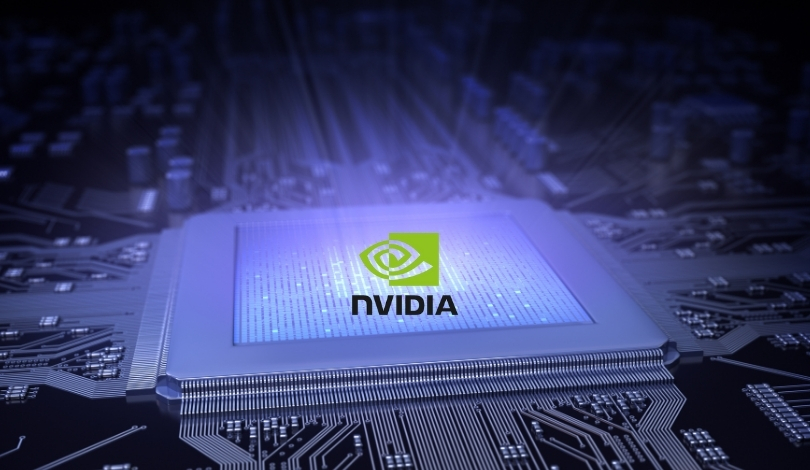Graphics card enthusiasts often seek the right balance between performance and price, with attention shifting to emerging options from leading brands. As consumers demand more memory capacity for newer games and tasks, product differentiation remains essential. Such diversification helps brands to adapt to fluctuating user requirements, creating more tailored solutions. Against this backdrop, the AMD Radeon RX 9060 XT, available in both 16GB and 8GB formats, steps into a market still largely shaped by Nvidia’s established dominance.
When similar cards were released earlier, Nvidia’s products consistently led the best-seller lists for high-end performance, often being favored by users over AMD for both speed and efficiency benchmarks. Previous AMD models were often cited for affordability yet trailed in raw processing capabilities, particularly in titles optimized for Nvidia’s architecture. With the RX 9060 XT, AMD maintains a keen pricing strategy while implementing memory configurations that were previously absent from its mid-range lineup. As a result, current perceptions about AMD’s competitiveness lean towards solid value but acknowledge room for further improvement in challenging Nvidia’s hold on the upper tier of the market.
What Does the Radeon RX 9060 XT Offer?
The AMD Radeon RX 9060 XT graphic card comes in two memory configurations—16GB and 8GB. Both options cater to users prioritizing a combination of adequate VRAM and budget sensitivity, particularly in demanding workloads or games that utilize greater memory. Performance benchmarks place both variants comfortably in the value segment, targeting users who prefer cost-effectiveness without venturing into the premium tier.
“Our focus remains on offering accessible solutions for mainstream and advanced workloads,”
noted an AMD spokesperson, emphasizing the intent to capture a broader consumer base.
How Does the RX 9060 XT Compare to Nvidia?
Despite the enhancements and pricing, both versions of the RX 9060 XT do not surpass Nvidia’s closest alternatives in pure performance metrics. Nvidia continues to hold the lead in gaming frame rates and specialized hardware capabilities such as ray tracing support. However, the RX 9060 XT closes the gap in scenarios where higher VRAM matters, such as professional 3D applications and some open-world titles with detailed textures, creating a nuanced selection choice for buyers.
Is the Pricing Strategy Effective for AMD?
Offering value-focused options provides AMD with a competitive element, especially as Nvidia’s higher-end cards remain costlier. The pricing of the RX 9060 XT appeals to users conscious of spending but seeking ample future-proofing through additional memory. This strategic positioning enables AMD to attract a market segment that evaluates both immediate cost and longer-term usability, even though the cards do not set new standards in outright power.
Broader market observations suggest that the introduction of the RX 9060 XT supports AMD’s ongoing efforts to challenge Nvidia in more price bands. For users with a preference for affordability while still demanding sufficient VRAM for current and upcoming games, these cards present pragmatic choices. However, the performance levels achievable by the RX 9060 XT continue to remain a key factor for enthusiasts deciding between AMD and Nvidia, especially for those expecting the highest frames-per-second output and advanced graphical features. It’s sensible for potential buyers to match their use cases—workstation tasks, gaming, or both—to the memory and processing power on offer. Considering competitors and current pricing trends, the RX 9060 XT represents an incremental step rather than a watershed moment in the GPU landscape. Careful attention to user workload and future requirements remains important, especially as new game releases and creative applications demand ever-greater memory and efficiency from hardware.
- AMD RX 9060 XT provides 8GB and 16GB memory options.
- Nvidia’s alternatives deliver higher performance in key gaming benchmarks.
- AMD focuses on cost-effective GPUs while trailing slightly in speed.










